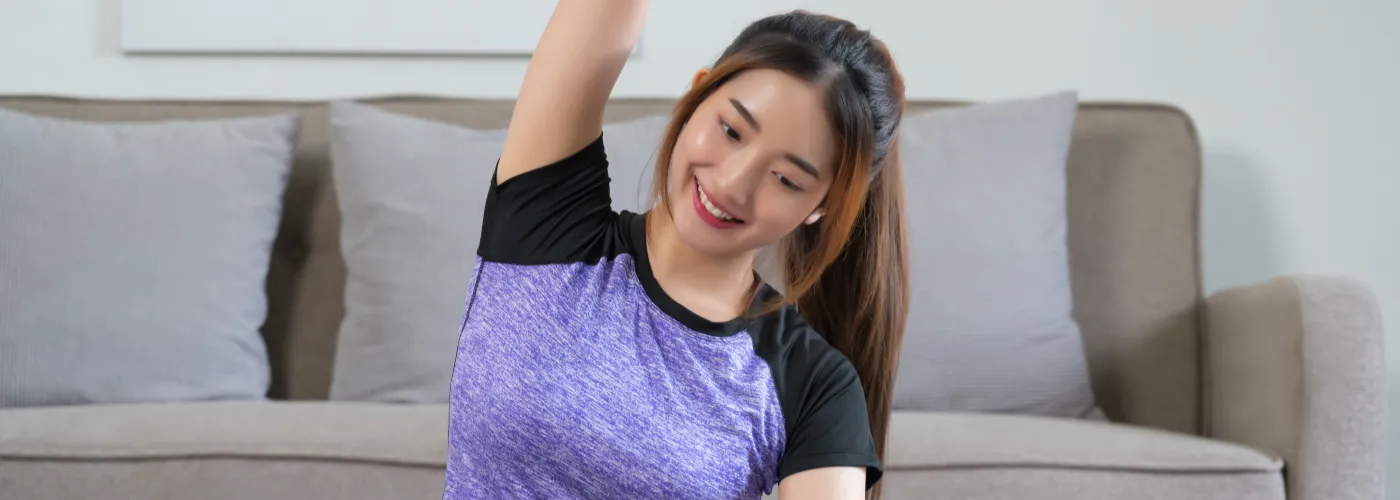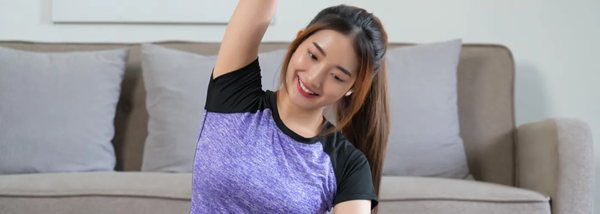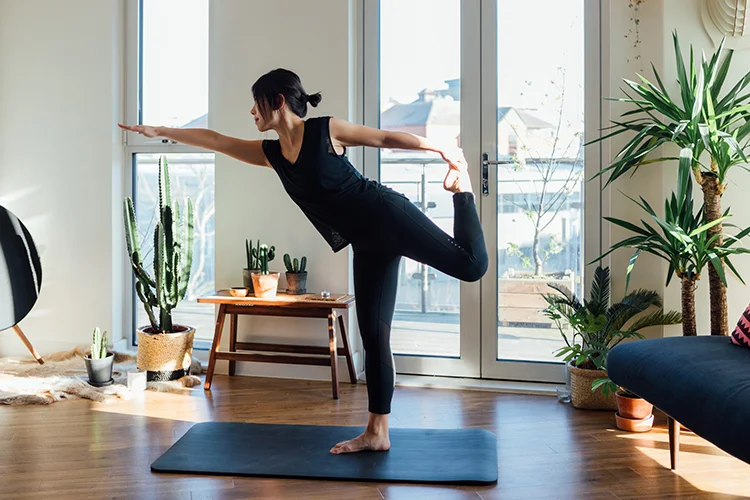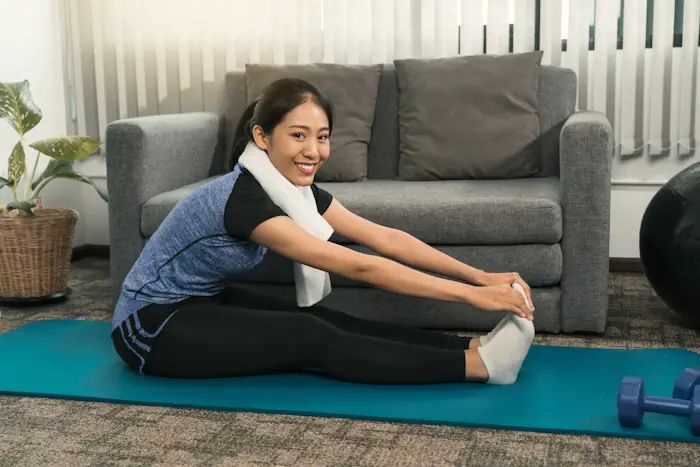Topics
How to Regain Control through the Correct Exercises
Urinary incontinence is a prevalent condition impacting millions of men and women globally. The main characteristic of urinary incontinence is leaking urine uncontrollably, which can happen because of weakened pelvic floor muscles, pregnancy, menopause, after prostate surgery, or chronic conditions such as diabetes and obesity. Unfortunately, many people suffer silently because of embarrassment or lack of awareness regarding good treatment options.
In this article, we will look into effective exercises for urinary incontinence relief, emphasizing practical techniques you can include in your everyday routine. These exercises can provide real relief even if you are dealing with stress incontinence (coughing or sneezing causes this leakage) or urge incontinence (abrupt, uncontrollable desire to urinate).
What is Urinary Incontinence?
Urinary incontinence can greatly affect everyday life, it is more common than most individuals think. There are many causes from weakened pelvic floor muscles to medical issues, and lifestyle changes such as exercises can decrease symptoms.
A. Kegel Exercises
Kegel exercises, also known as Pelvic Floor Muscle Training (PFMT) or Pelvic Floor Muscle Exercises (PFME), are the most popular and successful exercises for managing urinary incontinence. These exercises target the pelvic floor muscles, which help support the bladder, bowel, and uterus.
In Kegel exercises, contracting and relaxing the pelvic floor muscles are part of the process, it is almost the same as how you would stop urinating midstream. Sitting, standing, or lying down, these exercises can be performed quietly at any time and location.
- Performing Kegels Correctly
Choose a comfortable position to sit, lie down, or stand. Begin by tensing your pelvic muscles for 3-5 seconds, then relax. Increase the length gradually as your muscles get stronger. For observable improvements over time, try to complete three sets of ten repetitions each day.
- What are the Benefits of Kegels to Improve Incontinence?
Kegels improve bladder control, strengthen pelvic muscles, and can also help avoid incontinence problems in the future.
B. Pelvic Tilts
Pelvic tilts are another easy but successful way to improve core strength and offer relief from urinary incontinence.
- How Do Pelvic Tilts Function?
This exercise works your abdominal and pelvic muscles by having you lie on your back with your knees bent and tilt your pelvis gradually upward.
- Core Strength and Pelvic Control
Strong core muscles are straight connected to better bladder control. Pelvic tilts do not just activate the pelvic floor but the lower abdominal muscles as well, decreasing the risk of leaks.
- What are the Ways to Safely Perform Pelvic Tilts?
Maintaining your lower back flat on the floor throughout the movement to prevent strain. Commit 2-3 sets of 10 repetitions every day for positive results.
C. Bridge Exercises
Bridges are good for strengthening glutes, lower back, and pelvic floor muscles, making them highly useful for incontinence management.
- Performing Bridge Exercises
With your feet hip-width apart and your knees bent, lie flat on your back. Squeeze your glutes and pelvic muscles as you slowly raise your hips toward the ceiling.
- What are the Additional Health Benefits?
Bridges do not just strengthen the pelvic floor but improve postural alignment and lower back stability as well, which helps lessen bladder strain.
- Modifications for Beginners
If you are just starting, support yourself using a pillow or yoga block beneath your hips. As your muscles get stronger, increase the intensity slowly.
Can Yoga Improve Bladder Control?
Yoga is helpful for urinary incontinence because it is a comprehensive method that integrates strength, flexibility, and breath control. Certain yoga poses improve bladder control while lowering stress levels, which are known to promote incontinence, by gently engaging the pelvic floor.
A few of the most helpful poses include:
- Child’s Pose: Encourages relaxation while strengthening and stretching the pelvic area.
- Cobbler’s Pose: Improves pelvic stability by aiding in opening the hips and strengthening the inner thighs.
- Bridge Pose: This pose works the pelvic floor and lower back, it is similar to the bridge exercise.
Frequent yoga practice decreases anxiety and boosts mindfulness as well, helping you increase your self-awareness regarding your body’s signals, which can improve bladder control as time goes on. Including yoga in your exercise routine offers a well-balanced, gentle solution for managing urinary incontinence.
What Exercises Can Help Improve Bladder Control?
Breathing exercises, especially diaphragmatic breathing, can play an important role in managing urinary incontinence. Diaphragmatic breathing, or belly breathing in layman's terms, includes taking slow, deep breaths that use the diaphragm instead of the chest. This way helps lessen needless pressure on the abdomen and pelvic floor, which is crucial for those who have bladder leaks.
Diaphragmatic breathing improves control by reducing bladder strain by stabilising the abdominal muscles. In addition to this, this can be quite helpful for people who have overactive bladders, as deep breathing triggers a relaxation response that can aid in soothing involuntary bladder contractions.
Including 5-10 minutes of this exercise into an everyday routine can help improve bladder function while lessening stress and anxiety–common catalysts for incontinence episodes.
Frequently Asked Questions
1. What are common catalysts that deteriorate urinary incontinence?
Common catalysts can include caffeine, alcohol, spicy meals, consuming too much fluid, and engaging in physical activities that increase pressure on the bladder.
2. Are pelvic floor exercises helpful to men too?
Yes. Pelvic floor exercises are helpful for both men and women, specifically for men after prostate surgery or those who have bladder control problems.
3. Must I consult a doctor before engaging in these exercises?
If you are experiencing serious incontinence or other medical issues, you should consult a doctor before starting an exercise programme.
4. If exercises do not fully relieve my urinary incontinence, what other treatments are available?
Medications, bladder training, lifestyle adjustments, and in certain cases, surgical procedures for serious cases are the types of available treatments.
Schedule an Appointment at Pantai Hospitals
The correct exercises can make your urinary incontinence management doable to improve your pelvic floor strength, decrease leakage, and regain control over your bladder. These exercises are simple to include in your routine and have proven benefits for individuals of all ages. Early diagnosis and treatment can help you avoid serious complications and ensure a fast recovery.
If you have inquiries about urinary incontinence, get in touch with us to book an appointment at your nearest Pantai Hospital to receive professional advice to help kickstart your health journey. You may also schedule an appointment by downloading the MyHealth360 application from Google Play Store or Apple App Store.
Pantai Hospitals have been accredited by the Malaysian Society for Quality in Health (MSQH) for its commitment to patient safety and service quality.














